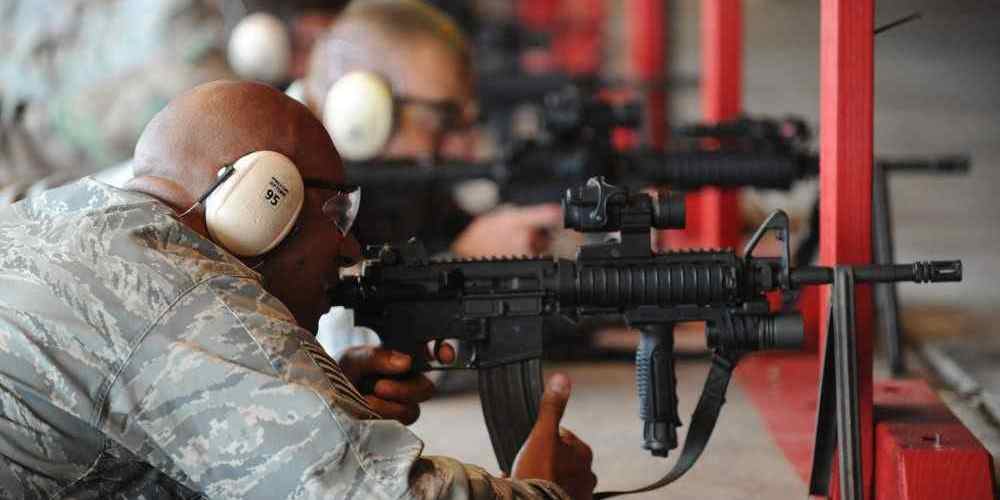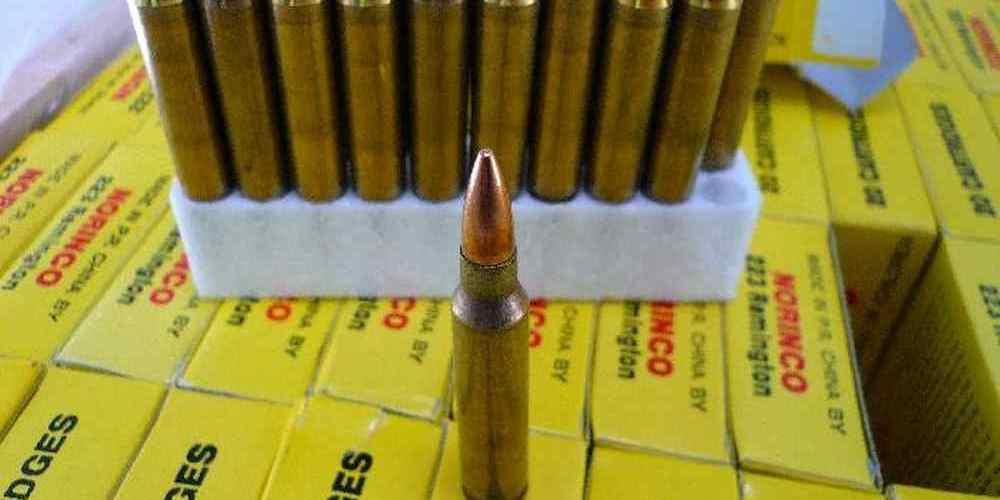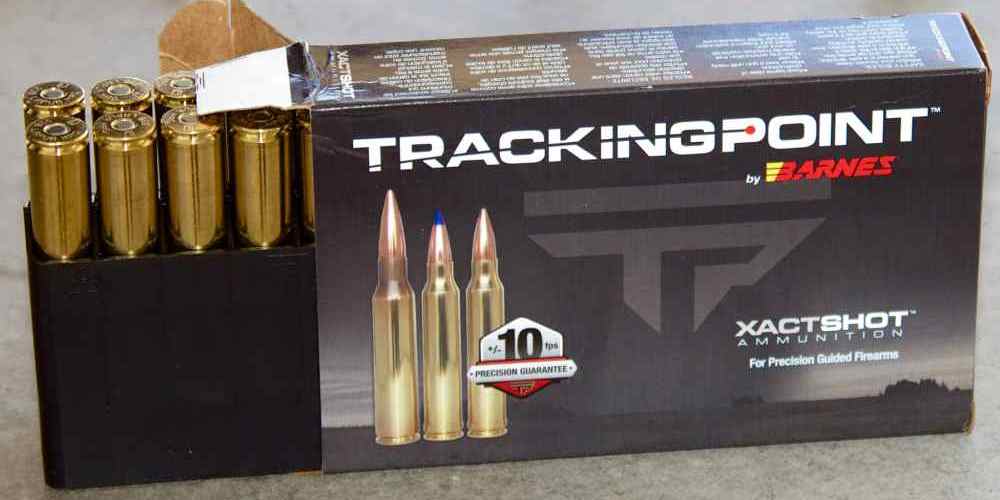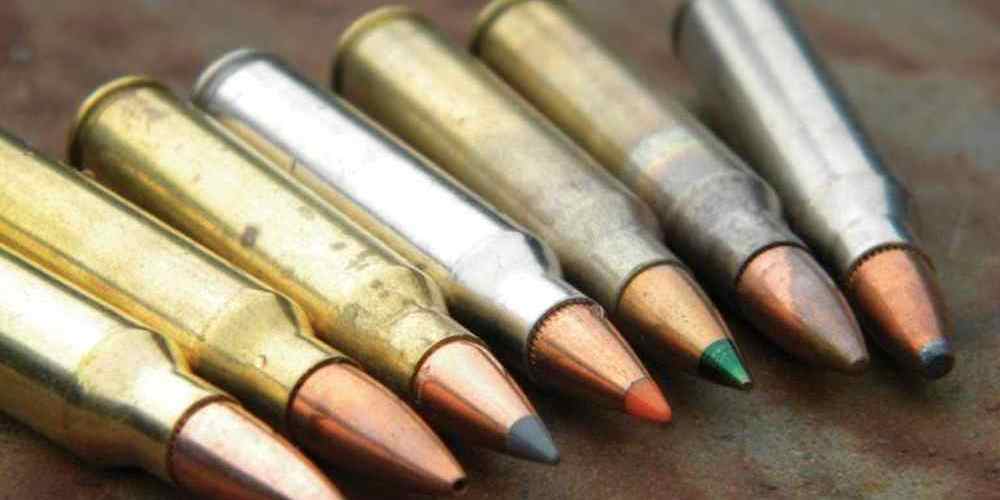“Maximize performance and reliability with the right gas system and ammo pairing for your AR15.”
Importance of Gas System in AR15 Performance
When it comes to choosing the right ammunition for your AR15, there are many factors to consider. One of the most important, yet often overlooked, aspects is the gas system of your rifle. The gas system plays a crucial role in how your AR15 functions and can greatly impact its performance with different types of ammunition.
The gas system in an AR15 is responsible for cycling the action of the rifle, which is essential for firing multiple rounds quickly and accurately. There are two main types of gas systems commonly found in AR15 rifles: direct impingement and piston-operated. Each system has its own set of advantages and disadvantages, but both can affect how your rifle handles different types of ammunition.
Direct impingement systems are the most common type of gas system found in AR15 rifles. In this system, gas from the fired round is directed back into the chamber to cycle the action. This can lead to increased fouling and heat buildup in the rifle, which may affect its performance with certain types of ammunition. For example, some types of ammunition may produce more gas than others, which can cause issues with cycling in a direct impingement system.
On the other hand, piston-operated gas systems use a piston to cycle the action of the rifle, rather than directing gas back into the chamber. This can result in less fouling and heat buildup in the rifle, which may make it more reliable with a wider range of ammunition. Piston-operated systems are often preferred by shooters who want a more reliable and cleaner-running rifle, especially when using high-pressure or dirty ammunition.
When choosing ammunition for your AR15, it is important to consider how your rifle’s gas system will interact with the specific type of ammo you plan to use. Some types of ammunition may be better suited for direct impingement systems, while others may perform better in piston-operated systems. It is also important to consider the overall quality and reliability of the ammunition you choose, as this can greatly impact how well it functions in your rifle.
In addition to considering your rifle’s gas system when choosing ammunition, it is also important to take into account the barrel length and twist rate of your AR15. These factors can also affect how well your rifle handles different types of ammunition, so it is important to choose a combination of components that work well together.
Overall, the gas system of your AR15 plays a crucial role in how well it functions with different types of ammunition. Whether you prefer a direct impingement or piston-operated system, it is important to consider how your rifle will interact with the specific type of ammo you plan to use. By taking the time to choose the right combination of components, you can ensure that your AR15 performs reliably and accurately with any type of ammunition you choose.
How Gas System Impacts Ammo Selection
When it comes to choosing the right ammunition for your AR15, there are many factors to consider. One of the most important factors to keep in mind is the gas system of your rifle. The gas system plays a crucial role in how your rifle functions and can have a significant impact on the type of ammunition you should use.
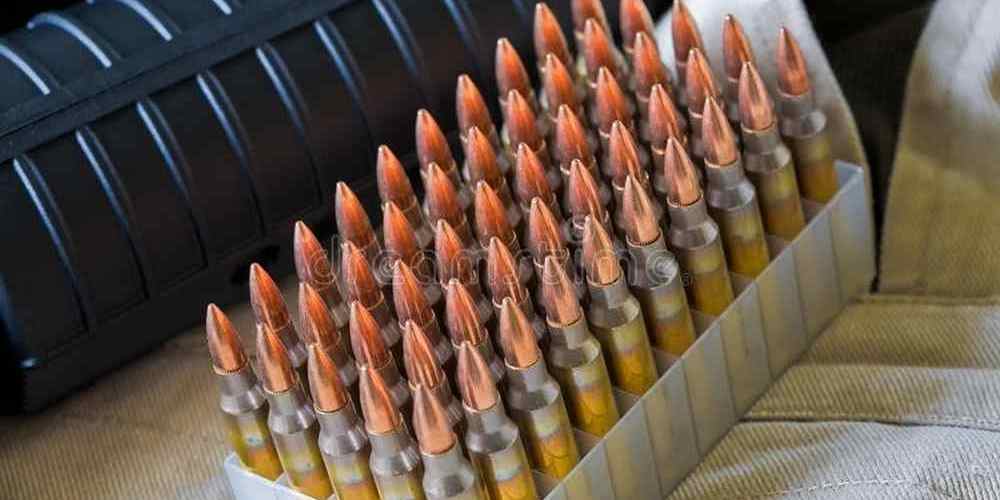
The gas system of an AR15 is responsible for cycling the action of the rifle, which is essential for firing multiple rounds quickly and accurately. There are two main types of gas systems commonly found in AR15 rifles: direct impingement and piston-operated. Each type of gas system has its own advantages and disadvantages, which can affect the performance of your rifle with different types of ammunition.
Direct impingement gas systems are the most common type found in AR15 rifles. In a direct impingement system, gas from the fired round is directed back into the chamber to cycle the action. This system is known for its simplicity and lightweight design, making it popular among shooters who value a lightweight and easy-to-maintain rifle.
However, direct impingement systems can be sensitive to the type of ammunition used. Because the gas from the fired round is directed back into the chamber, using low-quality or dirty ammunition can cause fouling and reliability issues. It is important to use high-quality, clean ammunition when using a direct impingement gas system to ensure reliable performance.
Piston-operated gas systems, on the other hand, operate differently from direct impingement systems. In a piston-operated system, gas from the fired round is directed into a piston, which then cycles the action of the rifle. This system is known for its reliability and ability to handle a wider range of ammunition types.
Piston-operated gas systems are less sensitive to the type of ammunition used compared to direct impingement systems. This makes them a good choice for shooters who want to use a variety of ammunition types without worrying about reliability issues. However, piston-operated systems are typically heavier and more complex than direct impingement systems, which can be a drawback for some shooters.
When choosing ammunition for your AR15, it is important to consider the type of gas system your rifle has. If you have a direct impingement system, it is crucial to use high-quality, clean ammunition to ensure reliable performance. Using low-quality or dirty ammunition can cause fouling and reliability issues with a direct impingement system.
If you have a piston-operated system, you have more flexibility in the type of ammunition you can use. Piston-operated systems are less sensitive to the type of ammunition used, making them a good choice for shooters who want to use a variety of ammunition types. However, piston-operated systems are typically heavier and more complex than direct impingement systems, so it is important to consider your priorities when choosing a gas system for your AR15.
In conclusion, the gas system of your AR15 plays a crucial role in how your rifle functions and can have a significant impact on the type of ammunition you should use. Whether you have a direct impingement or piston-operated system, it is important to choose high-quality, clean ammunition to ensure reliable performance. Consider your priorities and the type of shooting you will be doing when choosing a gas system for your AR15, and select the ammunition that best suits your rifle’s gas system for optimal performance.
Gas System Variations and Their Effects on Ammo
When it comes to choosing the right ammunition for your AR15, there are a few key factors to consider. One of the most important aspects to take into account is the gas system of your rifle. The gas system plays a crucial role in how your firearm functions and can have a significant impact on the performance of different types of ammunition.
There are three main types of gas systems commonly found in AR15 rifles: direct impingement, piston, and blowback. Each of these systems operates in a slightly different way and can affect how your rifle cycles and handles different types of ammunition.
Direct impingement systems are the most common type of gas system found in AR15 rifles. In a direct impingement system, gas from the fired round is directed back into the chamber to cycle the action. This system is known for its simplicity and reliability, but it can also be sensitive to the type of ammunition used. Because direct impingement systems rely on gas pressure to cycle the action, they can be more sensitive to variations in ammunition pressure.
Piston systems, on the other hand, operate by using a piston to cycle the action instead of directing gas back into the chamber. This can result in a cleaner and cooler-running rifle, but it can also affect how the rifle handles different types of ammunition. Piston systems are generally less sensitive to variations in ammunition pressure compared to direct impingement systems, making them a good choice for shooters who want a more versatile rifle.
Blowback systems are another type of gas system that is less common in AR15 rifles but can still be found in some models. In a blowback system, the force of the fired round is used to cycle the action by pushing the bolt back. This system is simple and reliable, but it can also be more sensitive to variations in ammunition pressure. Blowback systems are generally not as versatile as piston systems when it comes to handling different types of ammunition.
When choosing ammunition for your AR15, it’s important to consider how your rifle’s gas system will interact with the specific type of ammo you plan to use. Different types of ammunition can have varying levels of pressure, which can affect how your rifle cycles and functions. For example, higher-pressure ammunition may cycle more reliably in a direct impingement system, while lower-pressure ammunition may be better suited for a piston system.
It’s also important to consider the intended use of your rifle when choosing ammunition. If you plan to use your AR15 for hunting or self-defense, you may want to choose ammunition that is known for its reliability and stopping power. On the other hand, if you plan to use your rifle for target shooting or competition, you may want to choose ammunition that is known for its accuracy and consistency.
In conclusion, the gas system of your AR15 plays a crucial role in how your rifle functions and handles different types of ammunition. By understanding the differences between direct impingement, piston, and blowback systems, you can make an informed decision when choosing ammunition for your rifle. Consider the intended use of your rifle, as well as the specific characteristics of the ammunition you plan to use, to ensure optimal performance and reliability from your AR15.
Finding the Right Gas System for Your AR15 and Ammo
When it comes to choosing the right ammunition for your AR15, there are a few key factors to consider. One of the most important aspects to keep in mind is the gas system of your rifle. The gas system plays a crucial role in how your rifle functions and can have a significant impact on the performance of different types of ammunition.
There are three main types of gas systems commonly found in AR15 rifles: direct impingement, piston, and blowback. Each of these systems operates in a slightly different way and can affect how your rifle cycles and handles different types of ammunition.
Direct impingement systems are the most common type of gas system found in AR15 rifles. In a direct impingement system, gas from the fired round is directed back into the chamber to cycle the action. This system is known for its simplicity and reliability, but it can also be sensitive to the type of ammunition used. Some direct impingement rifles may have trouble cycling certain types of ammunition, especially if they are underpowered or have inconsistent pressure levels.
Piston systems, on the other hand, use a piston to cycle the action instead of directing gas back into the chamber. This can result in a cleaner and cooler-running rifle, as well as increased reliability with a wider range of ammunition. Piston systems are often preferred by shooters who want a more robust and versatile rifle that can handle a variety of loads.
Blowback systems operate by using the force of the fired round to cycle the action. This system is typically found in AR15 pistols and rifles chambered in pistol calibers. Blowback systems can be very reliable and simple, but they may have limitations when it comes to using certain types of ammunition. It’s important to choose ammunition that is compatible with the blowback system of your rifle to ensure proper functioning.
When selecting ammunition for your AR15, it’s important to consider the gas system of your rifle and how it may affect performance. Different types of ammunition can have varying pressure levels and power factors, which can impact how your rifle cycles and functions. It’s essential to choose ammunition that is compatible with your rifle’s gas system to ensure reliable and consistent performance.
If you’re unsure about which type of ammunition is best for your AR15, it’s always a good idea to consult with a knowledgeable gunsmith or firearms expert. They can help you determine the best ammunition for your specific rifle and gas system, taking into account factors such as barrel length, gas port size, and intended use.
In conclusion, the gas system of your AR15 plays a crucial role in how your rifle functions and handles different types of ammunition. Whether you have a direct impingement, piston, or blowback system, it’s important to choose ammunition that is compatible with your rifle to ensure reliable and consistent performance. By taking the time to understand your rifle’s gas system and selecting the right ammunition, you can optimize the performance of your AR15 and enjoy a more enjoyable shooting experience.
Maximizing Accuracy and Reliability with Proper Gas System and Ammo Combination
When it comes to maximizing the accuracy and reliability of your AR15, one of the most important factors to consider is the gas system. The gas system plays a crucial role in how your rifle functions, especially when it comes to cycling different types of ammunition. Understanding how the gas system works and how it interacts with different types of ammo can help you make informed decisions when choosing the right combination for your rifle.
The gas system in an AR15 is responsible for cycling the action of the rifle, which includes extracting and ejecting spent casings, chambering a new round, and resetting the trigger for the next shot. There are two main types of gas systems commonly found in AR15 rifles: direct impingement and piston-driven. Direct impingement systems use gas from the fired round to cycle the action, while piston-driven systems use a piston to cycle the action.
When it comes to choosing the right ammo for your AR15, the type of gas system your rifle has can make a big difference. Different types of ammo produce varying levels of gas pressure when fired, and this pressure can affect how well your rifle cycles. For example, some types of ammo may produce too much gas pressure for a direct impingement system to handle, leading to issues like over-gassing and excessive wear on the rifle.
On the other hand, some types of ammo may not produce enough gas pressure to cycle a piston-driven system effectively, resulting in failures to eject or feed. By understanding how your rifle’s gas system works and how it interacts with different types of ammo, you can choose the right combination to maximize accuracy and reliability.
When selecting ammo for your AR15, it’s essential to consider factors like bullet weight, powder charge, and overall cartridge length. Heavier bullets and higher powder charges typically produce more gas pressure when fired, which can affect how well your rifle cycles. Additionally, cartridges with longer overall lengths may not seat properly in the chamber, leading to feeding issues.
To ensure optimal performance, it’s crucial to test different types of ammo with your rifle and gas system to find the right combination. Start by using a variety of loads with different bullet weights and powder charges to see how your rifle handles each one. Pay attention to how well the rifle cycles, how consistent the accuracy is, and whether there are any feeding or ejection issues.
Once you’ve found a few types of ammo that work well with your rifle, consider factors like cost, availability, and intended use when making your final decision. Remember that what works best for one rifle may not work as well for another, so it’s essential to find the right combination that meets your specific needs.
In conclusion, the gas system in your AR15 plays a critical role in how well your rifle functions with different types of ammo. By understanding how your rifle’s gas system works and how it interacts with different types of ammo, you can choose the right combination to maximize accuracy and reliability. Take the time to test different loads and find the right combination that works best for your rifle, and you’ll be well on your way to achieving peak performance with your AR15.




